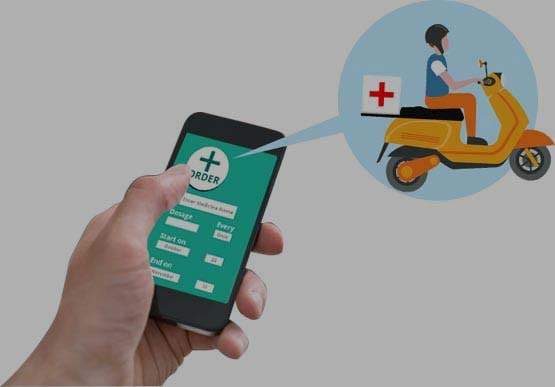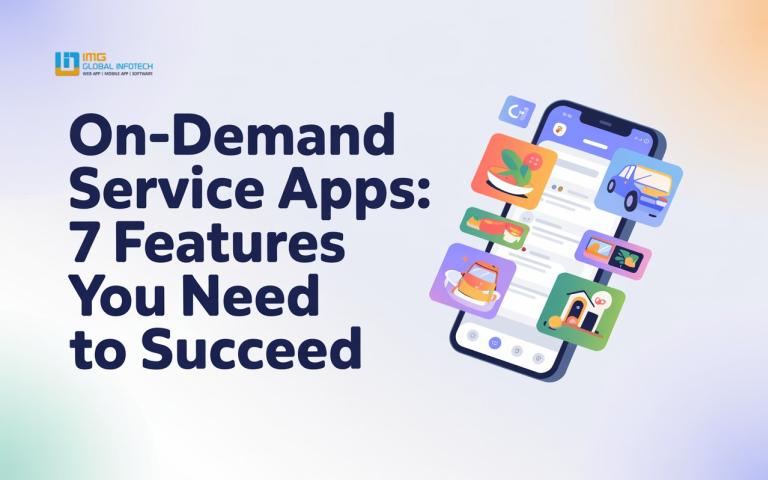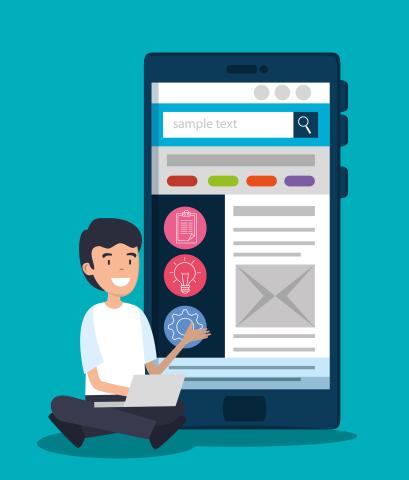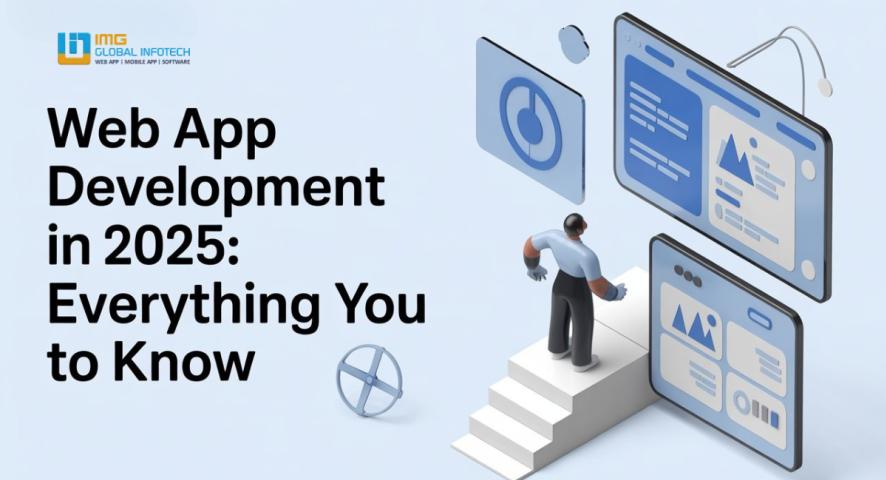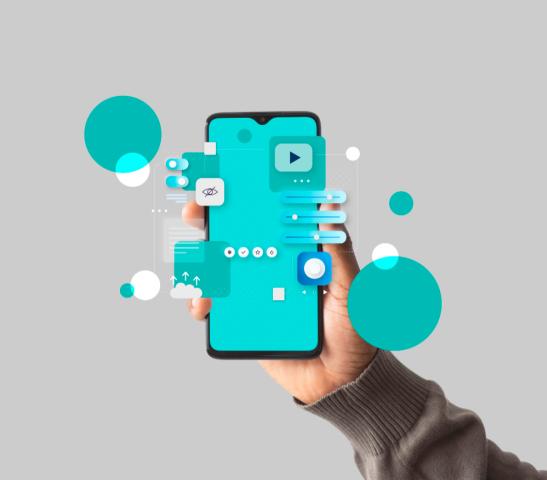In today's digital age, the healthcare industry is undergoing a transformative shift, with a growing emphasis on the development of user-friendly medicine delivery apps. These applications are designed to make the process of ordering, managing, and receiving medications more convenient and accessible for patients.
In this article, we will delve into the world of medicine delivery apps and explore best practices and tips for creating a user-friendly app that enhances the overall patient experience.
The Significance of User-Friendly Medicine Delivery Apps
Before we dive into best practices, it's essential to understand why user-friendliness is crucial in the context of medicine delivery apps. Medication adherence, the extent to which patients follow their prescribed medication regimens, is a significant concern in healthcare. Studies have shown that non-adherence can lead to worsening health conditions, increased healthcare costs, and a higher risk of hospitalization. User-friendly medicine delivery apps can play a pivotal role in addressing this issue by simplifying medication management and encouraging patients to adhere to their treatment plans.
Best Practices for Creating a User-Friendly Medicine Delivery App
Intuitive User Interface (UI): The foundation of a user-friendly app lies in its UI. Design a clean, intuitive, and user-centric interface that allows patients of all technical proficiencies to navigate effortlessly. Ensure that buttons and menus are logically placed, and use clear, concise labels.
Simple Registration and Onboarding: Make the registration and onboarding process as straightforward as possible. Minimize the number of steps required to create an account and set up a user profile. Use progressive onboarding that introduces users to app features gradually.
Secure User Authentication: Implement robust user authentication mechanisms to protect patient data. Use technologies like two-factor authentication (2FA) to enhance security while maintaining user-friendliness.
Personalized Profiles: Allow users to create personalized profiles, including medication history, allergies, and preferred payment methods. This information can streamline the ordering process and provide a more tailored user experience.
Medication Reminders: One of the core features of a medicine delivery app is medication reminders. Implement customizable reminders that notify users when it's time to take their medications. Offer options for different reminder tones or vibrations to accommodate users with various needs.
Medication Information: Provide comprehensive information about each medication, including dosage instructions, potential side effects, and drug interactions. Use clear language and, where possible, supplement text with visuals to enhance understanding.
Ordering Medications: Simplify the process of ordering medications. Allow users to upload prescriptions easily, select medications from a database, and set up automatic refills. Offer a quick reordering option for previously ordered medications.
Delivery Tracking: Keep patients informed about the status of their medication deliveries. Implement real-time tracking so users can monitor the progress of their orders and receive estimated delivery times.
Secure Payment Processing: Ensure that payment processing is secure and seamless. Offer multiple payment options, including credit cards, mobile wallets, and insurance billing, and encrypt sensitive financial data.
Customer Support: Provide accessible customer support through in-app chat, email, or phone. A responsive support team can assist users with any issues or questions, enhancing their overall experience.
Accessibility Features: Make your app accessible to individuals with disabilities. Include features such as voice commands, screen readers, and text-to-speech functionality to ensure inclusivity.
Feedback Mechanism: Implement a feedback mechanism that allows users to provide input on their app experience. Use this feedback to identify areas for improvement and refine the app's usability.
Tips for Creating a User-Friendly Medicine Delivery App
Usability Testing: Conduct usability testing with real users to identify pain points and areas for improvement. This feedback-driven approach can help refine the app's design and functionality.
Responsive Design: Ensure that your app is responsive and compatible with various devices, including smartphones and tablets. A responsive design guarantees a consistent user experience across platforms.
Performance Optimization: Optimize app performance to minimize loading times and ensure smooth functionality. Users expect swift responses when navigating through the app.
Regular Updates: Continuously improve your app by releasing regular updates that address user feedback and introduce new features or enhancements.
Compliance with Regulations: Stay up-to-date with healthcare regulations, including HIPAA (for the protection of patient health information) and any local or national regulations regarding prescription medications.
User Education: Provide resources within the app to educate users about medication adherence and the importance of following their treatment plans. Knowledgeable patients are more likely to adhere to their regimens.
Data Privacy: Be transparent about how user data is collected, stored, and used. Implement stringent data privacy measures to protect user information and build trust.
Conclusion
User-friendly medicine delivery app development is not just about convenience; it's about improving patient health outcomes and overall well-being. By following best practices such as intuitive UI design, simple registration, and robust security measures, and incorporating user-centered features like medication reminders and comprehensive medication information, developers can contribute significantly to medication adherence and patient satisfaction.
These apps have the potential to bridge the gap between patients and their prescribed treatments, ultimately leading to a healthier, more engaged, and empowered patient population. In the evolving landscape of healthcare technology, user-friendliness is not an option; it's a fundamental requirement for success.
